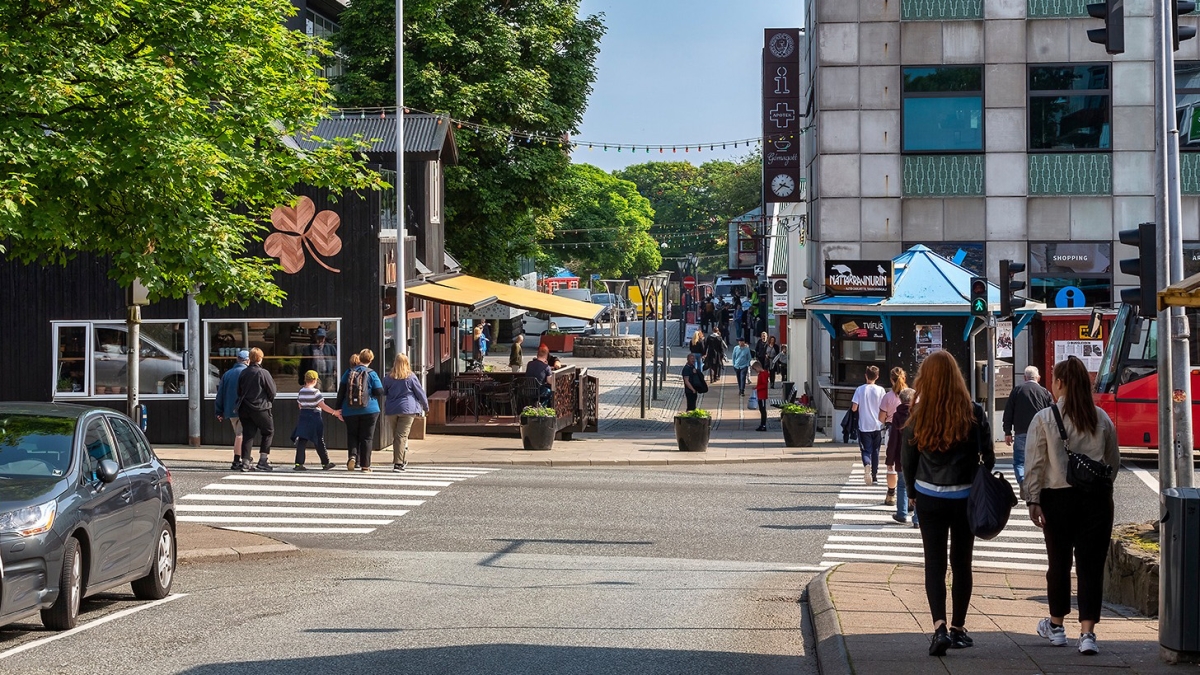Population
13. Jun 2023
Population on 1 May was 54,431

The excess of births over deaths dropped significantly at the start of 2022. Although this drop was to some extent offset by increased net migration, this led to a decrease in the annual population growth. Recent months have seen a slight increase in the excess of births and a slight drop in net migration. The result is a trend reflecting continued population growth, as seen in the graph below.
[px-graph-3]
The population trend is determined by the excess of live births over deaths and net migration, i.e. the difference between the number of immigrants and the number of emigrants. The population growth in the past year comes from an excess of births of 191 people and a net migration figure of 381 people. The table below shows a slight decrease in net migration and a slight increase in the excess of births, compared with the previous 12-month period.
Slight decrease in net migration
The trends in the graph below indicate a decreasing difference between immigration and emigration in recent months. The immigration trend has been declining while the emigration trend has been more stable since last autumn when both trends were increasing. This has resulted in a slight drop in net migration, following a lengthy period with steady increase.
[px-graph-3]
Slight increase in the excess of births
The trends in the graph below indicate that the difference in the number of live births and deaths has increased in recent months. This increase comes in the wake of last year’s big decrease in the excess of births, caused by low birth rates and unusually high death rates. The death rate has gone down again in recent months. Together with a steadier trend in the excess of births, this has resulted in a slight increase in the excess of live births over deaths.
[px-graph-4]
Growth in most municipalities
The population grew in 17 out of the 29 municipalities in the past year. Tórshavn, Runavík and Klaksvík municipalities saw the highest growth, followed by Sjóvar and Nes municipalities, which also enjoyed high relative population growth.
The greatest population decline was recorded in Hvalba and Eystur municipalities.
The table below shows the population across the 29 municipalities, with details for each town and village on 1 May 2022 and 1 May 2023.
[px-graph-4]
Population figures have a one-month lag
The figures have a one-month lag due to delays in registrations, especially regarding address changes, where many registrations are made after the month of address change has ended. To accommodate as many corrections as possible, there is a one-month lag in the data.
About the population figures
The population is defined as all individuals registered in the national register as residents of the Faroe Islands. Population data includes date of birth, gender, place of birth, citizenship, relationship status, and, where applicable, information on immigration and emigration, domestically as well as between the Faroe Islands and other nations.
About the trend
The trend describes the population trend by adjusting for seasonal effects and other error components in the population figure.